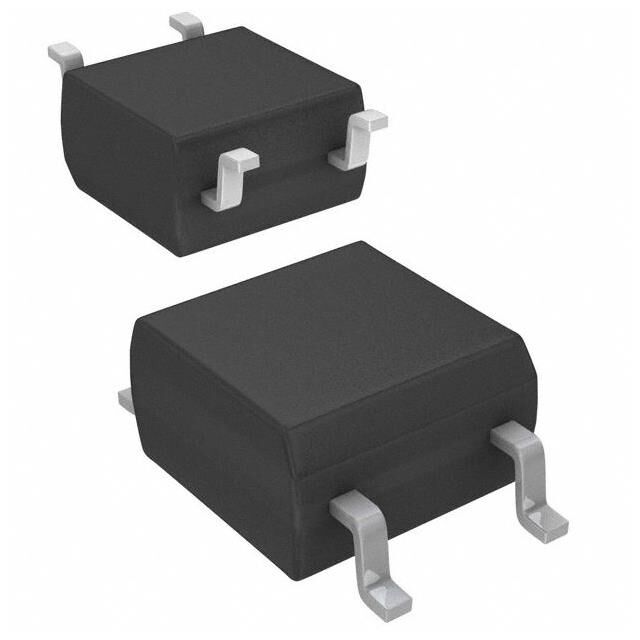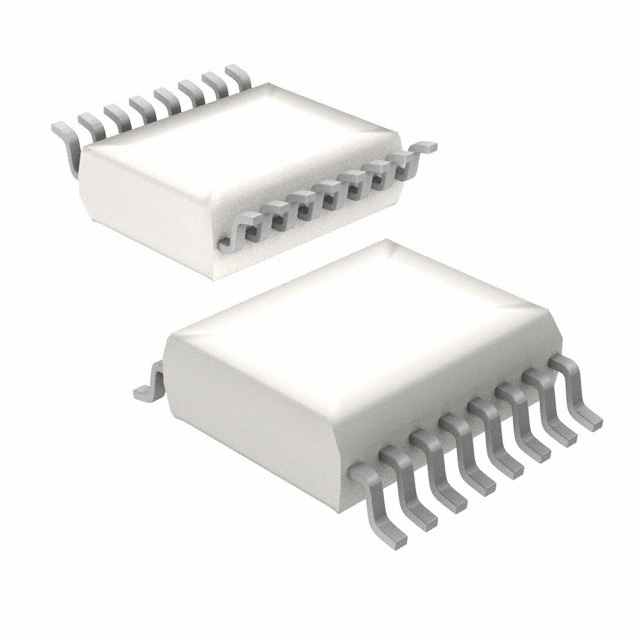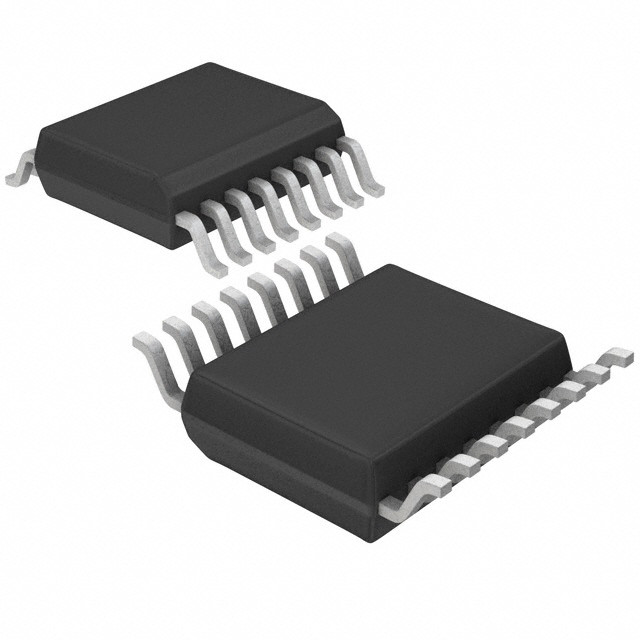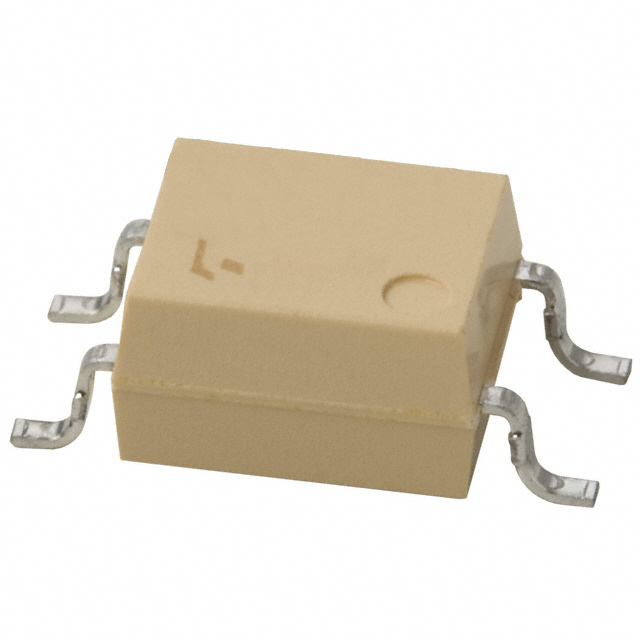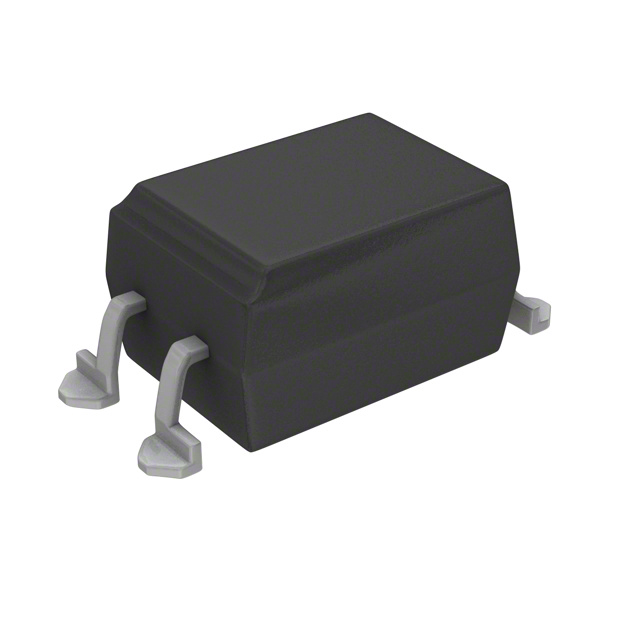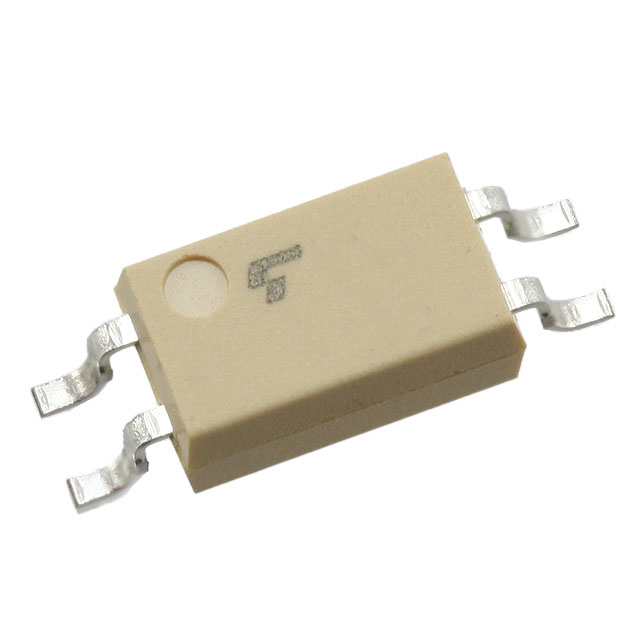Categories
- Transistor, Photovoltaic Output Optoisolators(7)
- 1
Transistor and Photovoltaic Output Optoisolators
Optoisolators (also known as optocouplers) are electronic components that use light to transfer electrical signals between isolated circuits, providing galvanic isolation while allowing signal transmission. This isolation protects sensitive components and systems from voltage spikes, electrical noise, and interference. Optoisolators typically have two main parts: an LED (Light Emitting Diode) and a photodetector, such as a phototransistor or a photovoltaic cell. The LED emits light, which is detected by the photodetector, creating an electrical signal in the output.
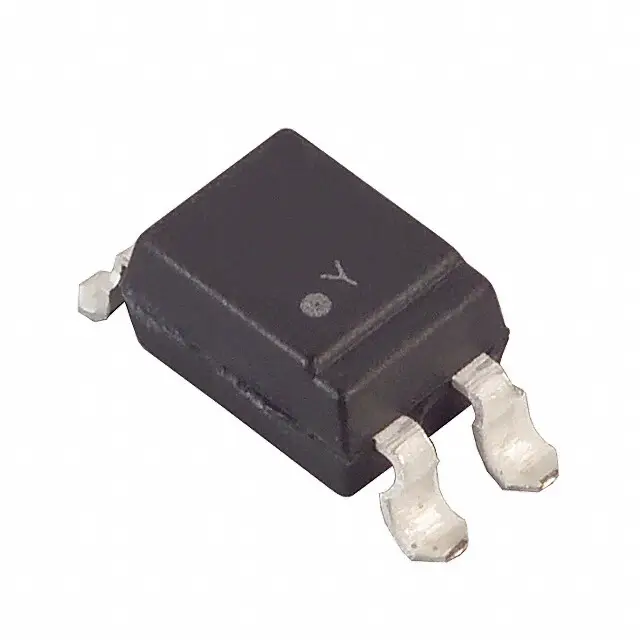
Transistor, Photovoltaic Output Optoisolators
There are different types of optoisolators, and two common types are transistor output optoisolators and photovoltaic output optoisolators. Each of these types provides different output mechanisms and has distinct advantages.
1. Transistor Output Optoisolators
In a transistor output optoisolator, the photodetector is typically a phototransistor, which converts the light from the LED into an electrical signal. The structure is similar to a traditional transistor, with the phototransistor acting as the output stage.
Key Components:
- LED (Light Emitting Diode): The LED emits light in response to an input signal.
- Phototransistor: The phototransistor receives the light emitted by the LED and generates a current or voltage in response. This current or voltage acts as the output of the optoisolator.
Operation:
When an input signal activates the LED, it emits light onto the phototransistor. The phototransistor responds to the light and conducts current in its collector-emitter circuit. This creates a corresponding output signal that can be used by the receiving circuit. The output is typically either open-collector (no voltage) or saturation mode (full voltage), depending on the application.
Features and Advantages:
- Fast Switching: Transistor output optoisolators are known for fast switching speeds, making them ideal for high-speed applications.
- High Gain: They typically have high current gain, meaning that the output can provide significant current even with low input signals.
- Wide Range of Applications: They are widely used in digital circuits, especially for logic level shifting, signal isolation, and driving relays or transistors.
2. Photovoltaic Output Optoisolators
A photovoltaic output optoisolator uses a photovoltaic cell (or photodiode) as the output component. In this type of optoisolator, the light emitted by the LED is absorbed by the photodiode, which generates a direct current (DC) voltage or current based on the light intensity.
Key Components:
- LED (Light Emitting Diode): The LED emits light in response to the input signal.
- Photovoltaic Cell (Photodiode): The photovoltaic cell generates an output voltage or current in response to the light received from the LED. The output is proportional to the intensity of the light.
Operation:
When the LED is powered by an input signal, it emits light. The photodiode absorbs this light and generates a small voltage or current. The voltage or current is then used as the output, which can be read by the receiving circuit. Photovoltaic output optoisolators are typically used in applications where a small, direct current output is sufficient.
Features and Advantages:
- No External Power Supply Needed for Output: One of the key advantages of photovoltaic optoisolators is that they don’t require an external power supply to generate the output signal. The energy from the input signal itself is enough to produce the output.
- Simple and Compact: Since they don’t require additional driving circuitry, photovoltaic optoisolators tend to be simpler and more compact than transistor-output types.
- Low Power Consumption: They typically consume less power and are well-suited for applications requiring low power operation.
Key Differences Between Transistor and Photovoltaic Output Optoisolators:
- Output Type:Transistor Output: The output is an electrical current or voltage controlled by the phototransistor, typically used in switching applications.Photovoltaic Output: The output is a DC voltage or current generated by the photodiode in response to light. It's used where a small voltage or current signal is needed.
- Power Requirements:Transistor Output: Requires an external power supply to drive the output stage.Photovoltaic Output: Does not require an external power source for output, as the voltage is generated by the light absorbed by the photovoltaic cell.
- Switching Speed:Transistor Output: Typically faster due to the nature of the phototransistor, making them ideal for high-speed logic applications.Photovoltaic Output: May be slower and is usually used in low-frequency or low-speed applications.
- Current Handling:Transistor Output: Can handle higher currents, suitable for driving heavier loads like relays, motors, or other power electronics.Photovoltaic Output: Generally suited for lower current applications where simple signal transmission is sufficient.
Applications
- Transistor Output Optoisolators:Used in digital logic circuits, microcontroller interfacing, and switching power supplies.Suitable for high-speed data transmission and signal isolation in noisy environments.
- Photovoltaic Output Optoisolators:Often used in low-power applications where isolation is needed but high current handling is not required.Found in telecommunications, sensors, and control systems where energy efficiency is a priority.
Conclusion
Both transistor output and photovoltaic output optoisolators serve to provide isolation between circuits while transferring electrical signals. The choice between the two depends largely on the application's speed, power, and current requirements. Transistor output optoisolators are more suited for high-speed, high-power applications, while photovoltaic optoisolators are better for low-power, simpler designs with lower current demands.







